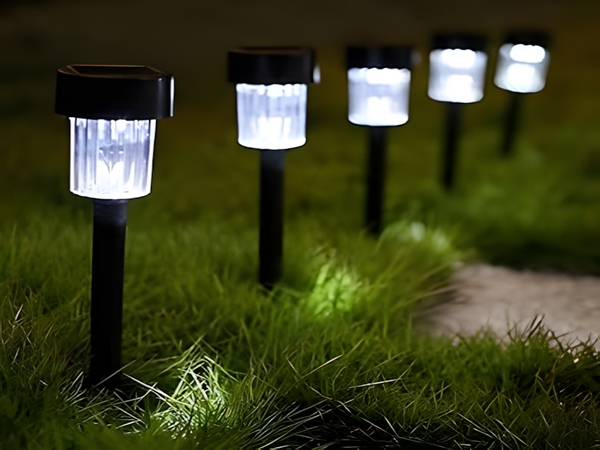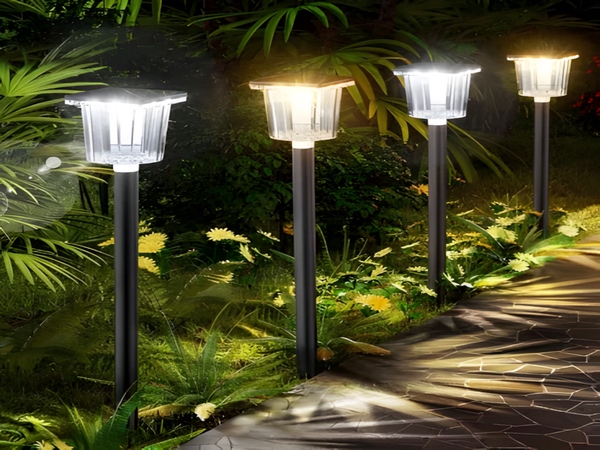

With the continuous development of solar power generation technology, solar street lights have become the new favorite in urban road lighting due to their advantages of environmental protection and energy saving, showing great market potential. In terms of energy saving, solar street lights do not consume conventional electricity. Conventional street lighting accounts for 30% of the total electricity consumption for lighting nationwide. So, how can we improve the lighting effect when installing solar street lights? Next, we will introduce this issue.
How to improve the lighting effect when installing solar street lights?

1. Selection of the Tilt Angle of the Solar Panels
The ideal tilt angle is one that maximizes the power generation of the solar street light panels while minimizing the difference in power generation between winter and summer. Generally, the local latitude plus a few degrees is used as the installation tilt angle for the solar panels. In higher latitudes, there can be significant differences in solar radiation on horizontal surfaces between winter and summer. If the panels are designed according to horizontal radiation parameters, the battery storage capacity in winter may be excessive, leading to increased design capacity and investment.
When selecting a better tilt angle, the radiation received on the solar panels in winter and summer will vary less, allowing for reduced battery capacity, which lowers the overall cost of the solar street lighting system and makes the design more rational.
2. Selection of the Azimuth Angle of the Solar Panels
The common azimuth angle for solar street lights is generally directed south, allowing the solar panels to generate a large amount of electricity in a unit of time. If solar street lights are installed on rooftops, hillsides, mountainous areas, building structures, or in shadowed locations, we need to consider fully utilizing the existing terrain and effective areas to avoid shadows cast by surrounding buildings and trees, which lowers the efficiency of light conversion.
3. Selection of the Area of Solar Panels
As long as the installation is within ±20 degrees of true south, if conditions permit, a southwest angle of 20 degrees will not significantly affect power generation. This results in peak solar generation occurring after noon with more production in winter. If the area of the solar panels on the south side is not large enough, consideration should be given to installing additional panels oriented east-west.
The above information on how to improve the lighting effect when installing solar street lights is shared here. I hope this article is helpful to everyone. If there are any unclear points, please feel free to leave a message, and we will respond as soon as possible.



